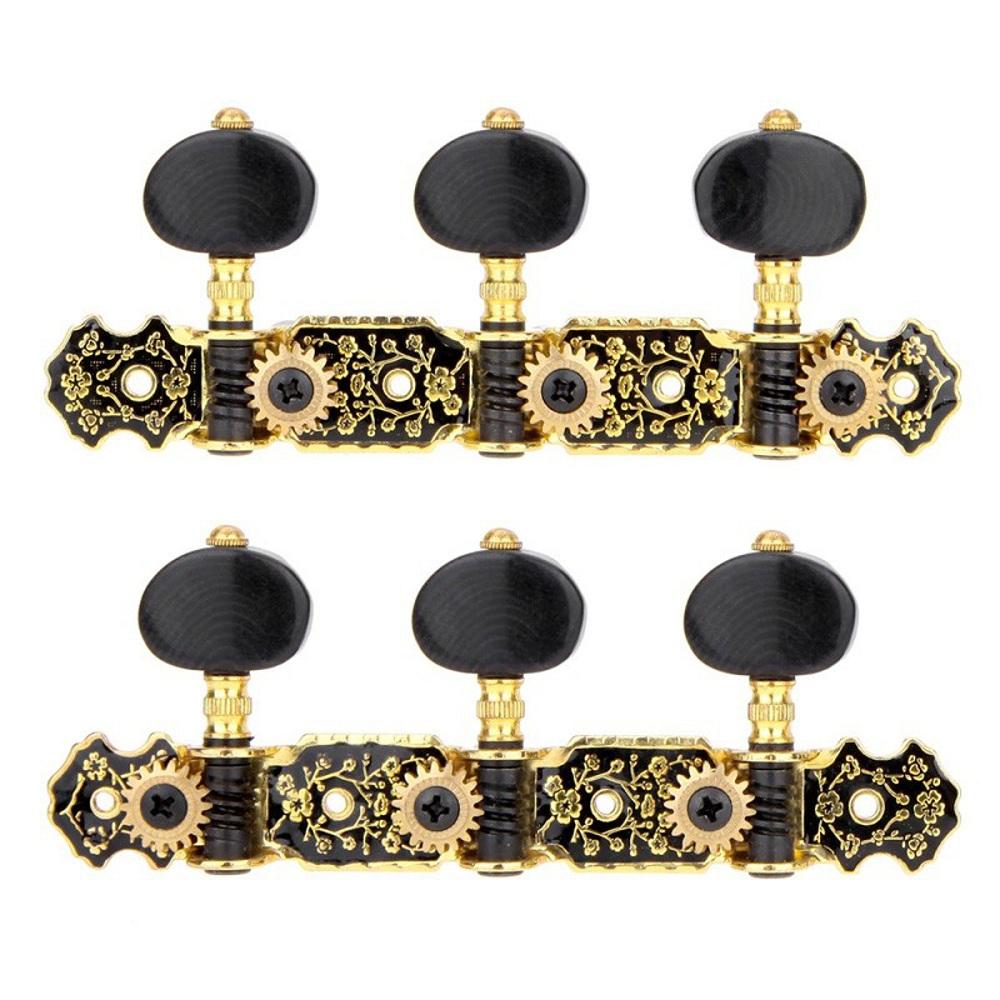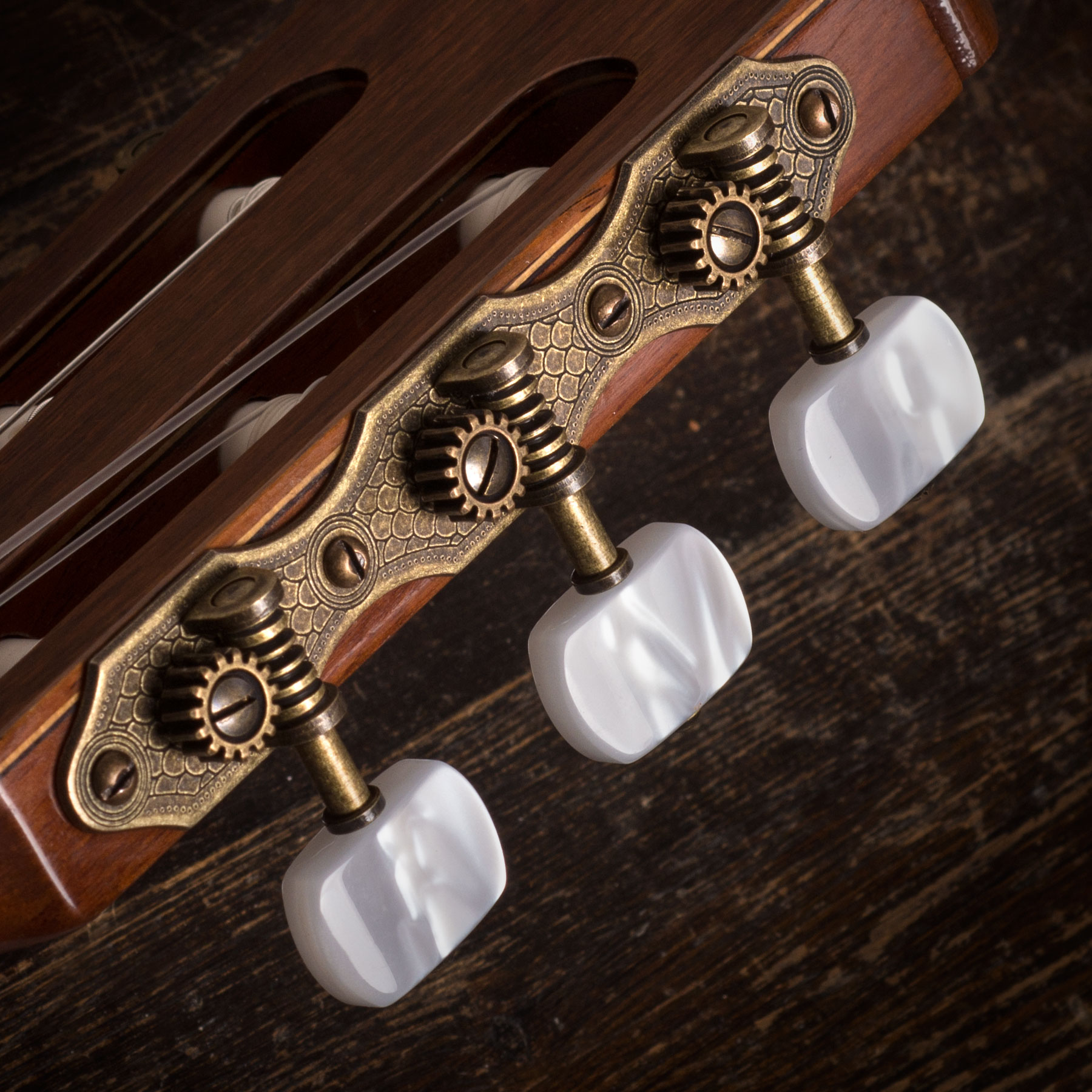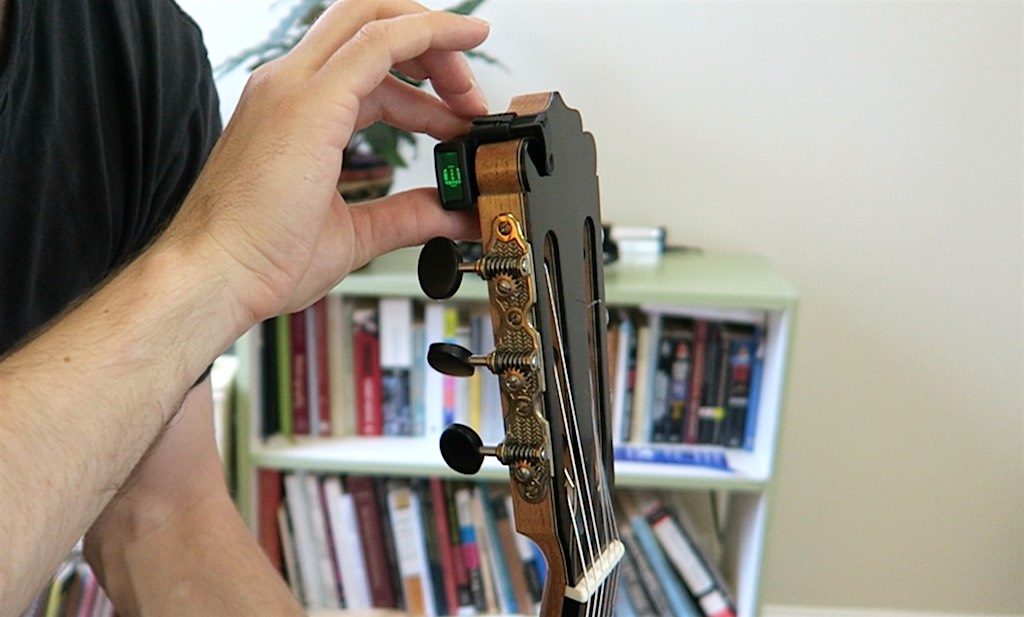

Usually, this is in the form of a digital needle that oscillates indicating how close in pitch you are to the desired note. In any case, regardless of the tuner, you are using: pedal, clip-on or other, tuning your guitar using a tuner is simply a matter of turning the tuning pegs on your guitar until the pitch matches the pitch indicated on the tuner. Some argue that they’re not as precise as a pedal or strobe tuner but they tend to perform pretty well on tests I’ve seen and the difference in accuracy (if any) is well and truly accounted for in terms of practicality, and price. Snark clip-on tuners are very popular and relatively inexpensive.

I’ve written a fairly lengthy article on guitar tuners, the different types, and how they work, but if you don’t have a tuner and don’t know what to get, clip-on tuners are a great, inexpensive, modern innovation. And, if you have one available, use it, as you will be in tune with the rest of the world, not just your own guitar. Most people tune their guitars using an electronic tuner.
Tuner guitar classical how to#
How to tune your guitar with an electronic tuner Stretching the strings first takes any potential slackness out of the strings and saves you re-tuning. New strings tend to go out of tune very easily. Stretching new strings is also well worth taking the time to do. Restringing in this way keeps the string lower on the post at the point of contact which increases the downward pressure on the nut and provides greater tuning stability. Stretch the strings, tune again and repeat.Tuning down can result in the string slipping, especially if the nut grooves are tight. Position each wind lower than the previous on the tuning post.2 inches of slack in the string before you start winding If the ball end starts rising out of the bridge pin when tightening the string, hold the pin in place reasonably firmly while tightening the string.When the bridge pin is in place pull lightly on the string to ensure the ball-end won’t slip when tension is increased on the string.

Lastly, you will need to restring the guitar.

And, as more tension is placed upon the string, the string stretches more than it normally would, which raises the pitch. While it’s only marginal if you hit the strings harder you theoretically can raise the pitch ever-so-slightly. How hard you hit your strings (your attack) when tuning should closely match the attack you would normally play with. If you’re new to the guitar check out our article on acoustic guitar anatomy, it goes into more detail about tuning pegs, ‘gear ratio’, and the types available. Naturally then, to raise the pitch of a string turn the tuning pegs from inside to out (clockwise on the right, counter-clockwise on the left). The direction you turn your tuning pegs (aka machine heads and/or tuners) depends on the direction the strings are wound onto the tuning peg posts.īut, in most cases, they are wound from inside to out, as this prevents the strings from coming into close contact with one another on the headstock.


 0 kommentar(er)
0 kommentar(er)
